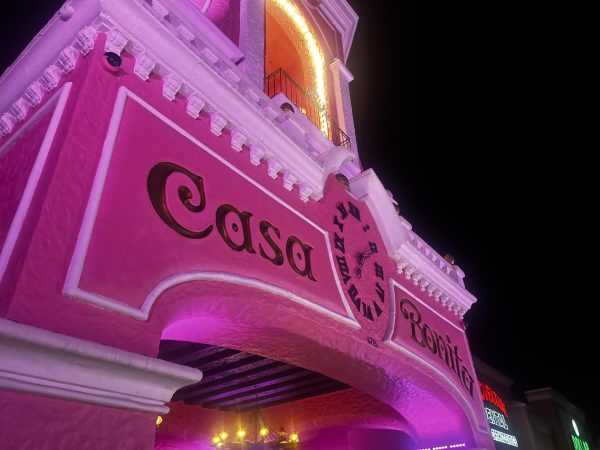The Racist History of the Rhodes Scholarship
Nearly every student has heard of the Rhodes Scholarship, a prestigious international award that, according to the Rhodes House, “supports exceptional young people for postgraduate study at the University of Oxford, and actively fosters lifelong learning and fellowship.” While the criteria is broad, only 32 scholars are selected from the United States every year. It’s a reputable program that attracts thousands of applicants per year. To be a Rhodes scholar is an honor associated with high expectations for achievement; many Rhodes scholars have gone on to be presidents, prime ministers, or innovators in their field, including Bill Clinton and Pete Buttigeg. However, the man behind the Rhodes scholarship is far from worthy of honor and recognition.
If you’ve taken a world history class, you’ve probably learned about Cecil Rhodes, a notorious British imperialist tycoon known for his colonization of Africa. Few make the connection, but this racist embarrassment to history is the founder and funder of the famous scholarship. The same money that sends talented students to Oxford was “earned” when Rhodes effectively created a monopoly over Africa’s diamond mines and exploited the labor of thousands. In fact, Rhodes’ fortune and legacy comes with a death toll of over 20,000, stemming from his violent takeover of Zimbabwe and Zambia (which he then proceeded to name after himself in an extraordinary display of audacity and sheer narcissism). The 3 million pounds left to fund the scholarship is blood money. The scholarship itself is far from pure, given how it originally didn’t include women and lacked diversity despite the international nature of the program.
So far, efforts to spread awareness about Rhodes and manage his legacy have proved complicated, if not unsuccessful. At Oriel College, a part of Oxford University, there was a major movement to remove a statue of Rhodes from the campus. This was part of a larger movement that has spread across the globe, known as Rhodes Must Fall. Beginning in South Africa, the activists managed to remove a statue from the University of Capetown, and the sentiment has since spread, although not all institutions are willing to enact changes on the level of completely removing such features. At first, Oriel College agreed to remove the statue, but later went back on their statement and instead placed an explanatory plaque to “contextualize” the statue’s presence. While this method to deal with controversial legacies can work in certain conditions, this plaque was completely insufficient. Focusing more on Rhode’s contributions to the college than his crimes, the plaque trivialized Rhodes’ actions, merely stating that “some of his activities led to great loss of life and have attracted criticism in his day and ever since.”
I’m not arguing for the dismantling of the Rhodes scholarship itself – rather, the dismantling of any account of Rhodes or his legacy that ignores the violence and damage he’s responsible for. Given the magnitude of the movement against Rhodes and the prestige of the scholarship, the organization should make information or their own attempt at contextualization readily available; yet, in a thorough search, I was unable to find any evidence that the Rhodes Trust or House has made a statement even acknowledging the controversy or the harm Rhodes inflicted. In this day and age, it’s incredibly important to understand the figures that are behind many beloved and reputable institutions; while many didn’t commit atrocities on the same level as Rhodes, one doesn’t have to look far into history to find college founders, political leaders, and many others who have questionable backgrounds. It’s also important to evaluate whether some of these contentious individuals deserve the recognition or legacies they have, and while these should obviously be approached on a case to case basis, there are numerous examples around us for how we can handle these offenders’ legacies. Across the country, colleges and universities have been renaming buildings or removing statues after students have protested their namesakes. While we may not be able to undo the tremendous damage figures like Rhodes have done, the best thing we can do is understand and acknowledge their actions.

Clara Thomas is a senior at Boulder High, and she’s excited to be a part of the Owl again. She hopes to bring a love of writing, as well as a passion for the arts, to the newspaper. Said passion is apparent in her activities outside of school, which include ballet, violin, and art. In the little free time she has, she enjoys reading, getting tea with friends, researching any topic that interests her, and listening to music or audiobooks while playing unhealthy amounts of solitaire. While she believes no fruit could compare to raspberries, in a life-or-death situation she would choose green grapes over purple.






